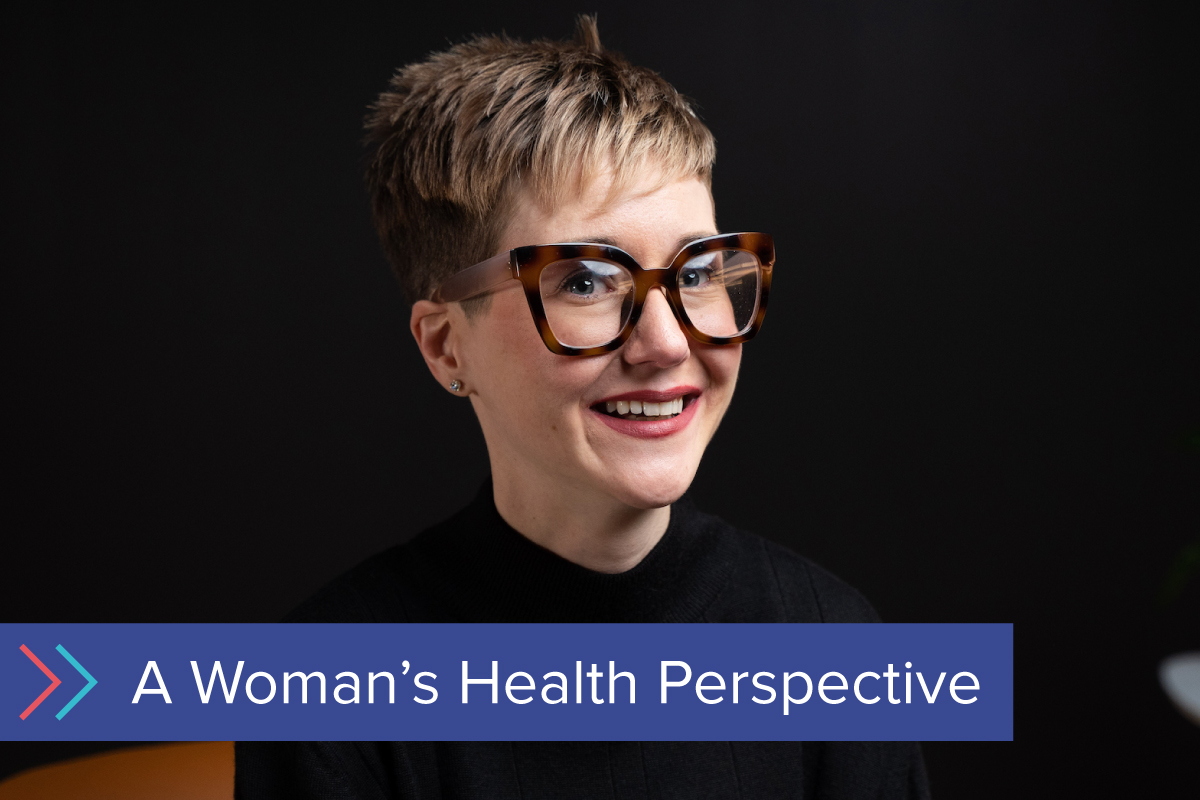This is a firsthand account submitted through SWHR’s Share Your Story portal, as part of SWHR’s Women’s Health Perspective series.
I grew up in a rural community, so I sought out my preventive screening health at a Planned Parenthood a few towns over. I wanted to take charge of my health at a young age so I could make important decisions, but I felt like I wasn’t getting all the necessary information I needed from other providers. One piece of information I was missing was that I didn’t know the impact the human papillomavirus (HPV) would have on my life.
At the age of 24, I was diagnosed with my first abnormal pap test and referred for a colposcopy. The provider stopped and referred me to a gynecologic oncologist. Hearing the word “oncologist” didn’t register to me as potentially having cancer. I also didn’t understand that my abnormal test results were because of HPV-16, a high-risk type of HPV. No one really talked about it.
That all changed on February 4, 2015, when I was diagnosed with endocervical adenocarcinoma in situ (AIS), which happened to be World Cancer Day. I knew the universe had a way of sending us messages, but I was not prepared for this life-disrupting event. At the time, I was working at a small dental office as a chairside assistant and front desk receptionist. We had a small team, and I had to take a lot of time away from my job between testing, chemotherapy, and radiation. I was also enrolled in school to become a social worker. I wanted so badly to help other people going through tough moments in their life, and then I was given mine to experience first. Through all of this, I remained in school full-time and tried to work as close to full-time as possible – because I was living paycheck to paycheck. I felt like I could hide that I had cancer because this treatment didn’t take my hair. I still lost weight and was extremely pale, but no one could tell I had cervical cancer.
After being in remission for nearly six months, I felt like I was starting to piece together my life again when they found suspicious nodules in my lungs. It was back to more testing: a referral to the infectious disease specialists, needle-guided biopsies, scans, endoscopic biopsies, and bloodwork all to come to the conclusion that my cancer had returned and metastasized to my lungs. This was my fight or flight moment, and it was then I decided to seek a second opinion.
After a second opinion, I sought additional treatment. I lost my hair after my first treatment, including my eyebrows and my eyelashes. There was no hiding it now. I started to feel defeated as my body was taking longer to produce the necessary immune responses to receive my next treatment. I just wanted to be done. When it came time for my first scan after having three treatments done, something miraculous happened: there was no evidence of disease! I couldn’t believe it!
It wasn’t until after my treatment fully ended that I found a patient advocacy and support community. I didn’t know it then, but Cervivor (a nonprofit for cervical cancer survivors) would ultimately transform my life and help me grow into such a strong advocate in the cervical cancer space. I found a community of several women from across the states who experienced things similar to me, and I learned how my story mattered to a collective of others. We could make a difference! Throughout the next few years, I would experience a plethora of post-treatment side effects, but this time I navigated it with the help of guidance from the community. It was life-changing! I grew with this organization and became a multi-award-winning patient advocate and now I work as a social worker for the organization that gave me my voice.
I’m proud to say that I’m walking into my seventh year of no evidence of disease. While I am grateful for my opportunity to live out my life the best way I can, I realize just how fortunate I am because it hasn’t been the story for many others. My oncologist explained that nearly 6-9% of women in my circumstance will have a complete interval response (the disappearance of all signs of cancer in response to treatment) while many others will live with their cervical cancer by maintaining with chemotherapy until they succumb to the disease. Through my years of advocacy, I see firsthand that we lose too many women to this disease that can be prevented and detected early. My plea: please get your regular screenings!
Morgan’s story also appears on the Cervivor website here.
